The Role of Infection Control Equipment in the Operating Room: Tools That Make the Difference
Infection control is a critical priority in operating rooms to safeguard both patients and healthcare workers from the spread of infections. A sterile environment is essential to ensure that surgeries are performed safely, minimizing the risk of postoperative complications, including surgical site infections (SSIs). Infection control equipment plays a pivotal role in maintaining this sterile environment. Below, we explore the key tools that help prevent contamination and uphold the highest standards of cleanliness in the operating room.

1. Surgical Scrub Sinks
Surgical scrub sinks are the first line of defense in infection control. These sinks, often equipped with hands-free faucets, allow surgeons and staff to thoroughly disinfect their hands before entering the sterile field. Modern scrub sinks are designed with antimicrobial materials and advanced drainage systems to minimize bacterial growth and prevent water splashes, which can spread contaminants.
Why it matters:
Thorough hand-washing is one of the most effective ways to prevent infection. Scrub sinks ensure that all individuals entering the operating room maintain hand hygiene, reducing the risk of introducing harmful bacteria into the sterile environment.
2. Air Filtration Systems and Laminar Airflow
Airborne pathogens pose a significant threat to maintaining sterility in the operating room. High-efficiency particulate air (HEPA) filtration systems are used to keep the air free of contaminants. Additionally, laminar airflow systems create a controlled environment by directing clean, filtered air over the surgical field in a steady flow. This airflow helps prevent bacteria and other particulates from settling on surgical tools, equipment, or the patient.
Why it matters:
These systems are crucial in reducing the risk of airborne infections, particularly in procedures that expose internal organs and tissues to the environment.
3. Sterilization Equipment
Sterilization is a core component of infection control in the operating room. Autoclaves, which use high-pressure steam to sterilize surgical instruments, are the most common method of ensuring that tools are free of bacteria, viruses, and other pathogens. Additionally, gas and chemical sterilization are used for heat-sensitive equipment. Sterilization trays and wraps further ensure that instruments remain sterile until they are needed.
Why it matters:
Sterilization equipment ensures that no pathogens are present on instruments and tools, drastically reducing the risk of infection during surgery. Any lapse in sterilization can lead to dangerous SSIs.
4. Disposable Operating Room Supplies
Many operating room supplies, such as gowns, gloves, masks, and drapes, are designed for single-use to minimize cross-contamination. These disposable items ensure that every procedure starts with a completely sterile set of materials, and they are discarded immediately after use. Modern disposable supplies are engineered to be both effective and comfortable, promoting better compliance among healthcare staff.
Why it matters:
Using disposable equipment ensures that any risk of contamination from previous procedures is eliminated, significantly reducing infection risks.
5. Ultraviolet (UV) Disinfection Systems
Ultraviolet light disinfection is an increasingly popular technology for infection control in operating rooms. These systems use UV-C light to kill bacteria, viruses, and fungi on surfaces and in the air. UV disinfection can be used in between surgeries to decontaminate the operating room environment quickly and efficiently. Some systems are portable, allowing them to be used in various rooms throughout the hospital.
Why it matters:
UV disinfection adds an extra layer of infection control by targeting pathogens that may survive traditional cleaning methods. It helps ensure that the operating room is free of infectious agents before each new surgery.
Conclusion
Infection control equipment is the unsung hero of the operating room. From hand hygiene through scrub sinks to advanced air filtration systems and UV disinfection, these tools play a critical role in preventing the spread of infections during surgery. By incorporating these technologies into routine procedures, hospitals can significantly reduce the risk of postoperative infections, leading to better patient outcomes and a safer environment for healthcare providers.
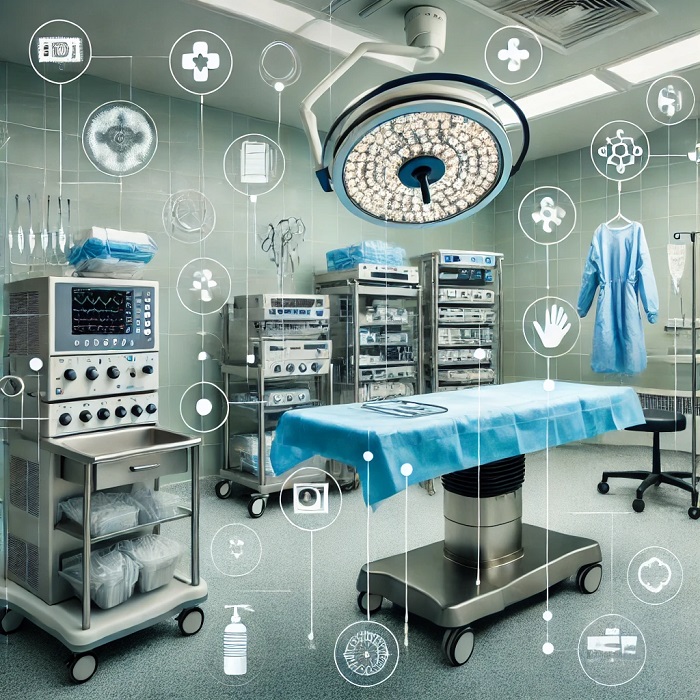
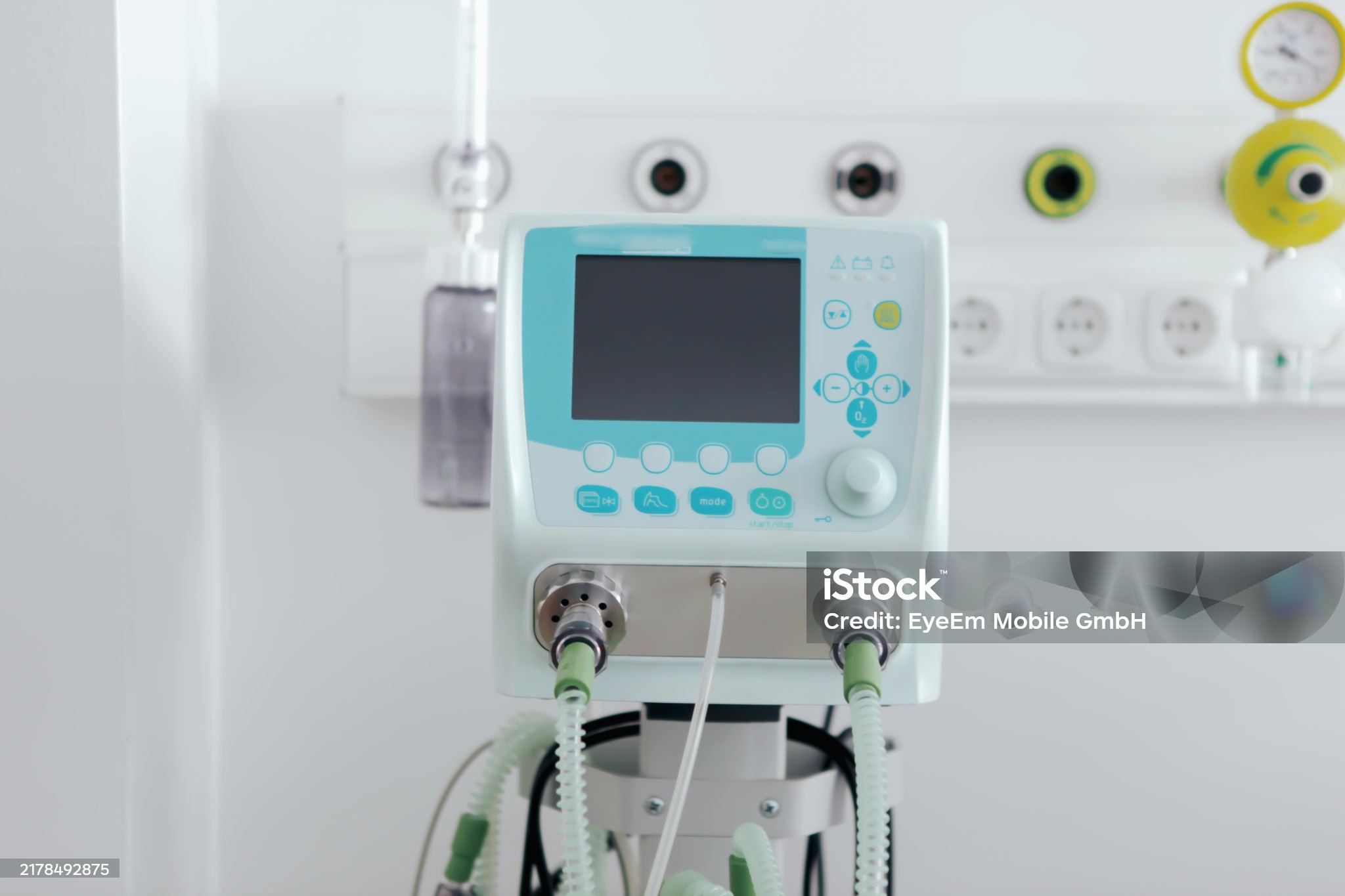
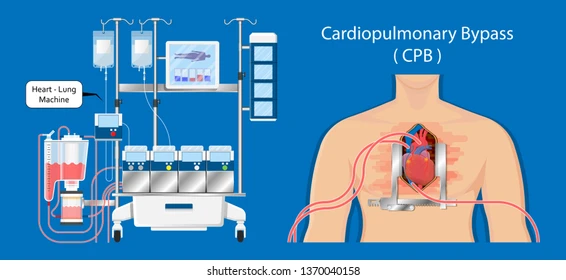
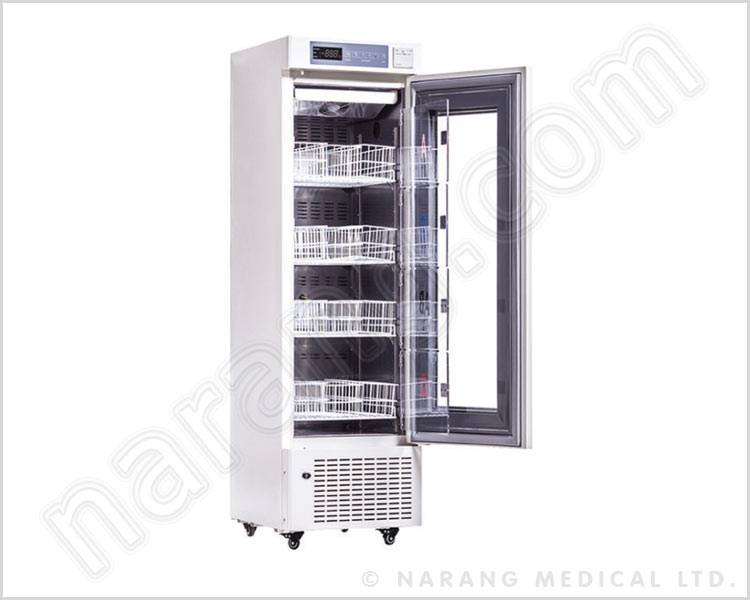

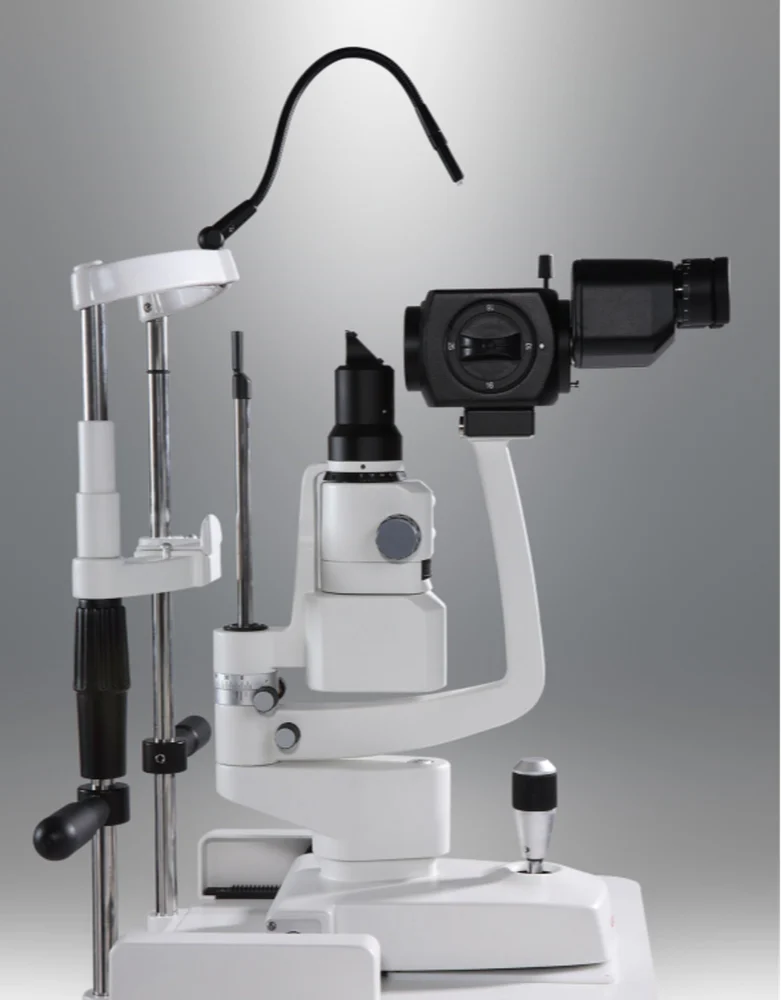

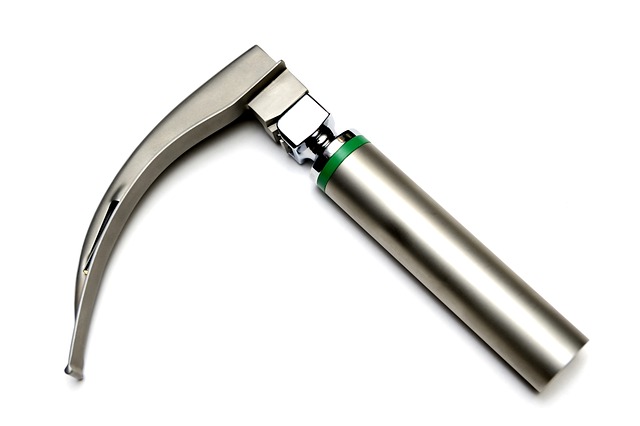
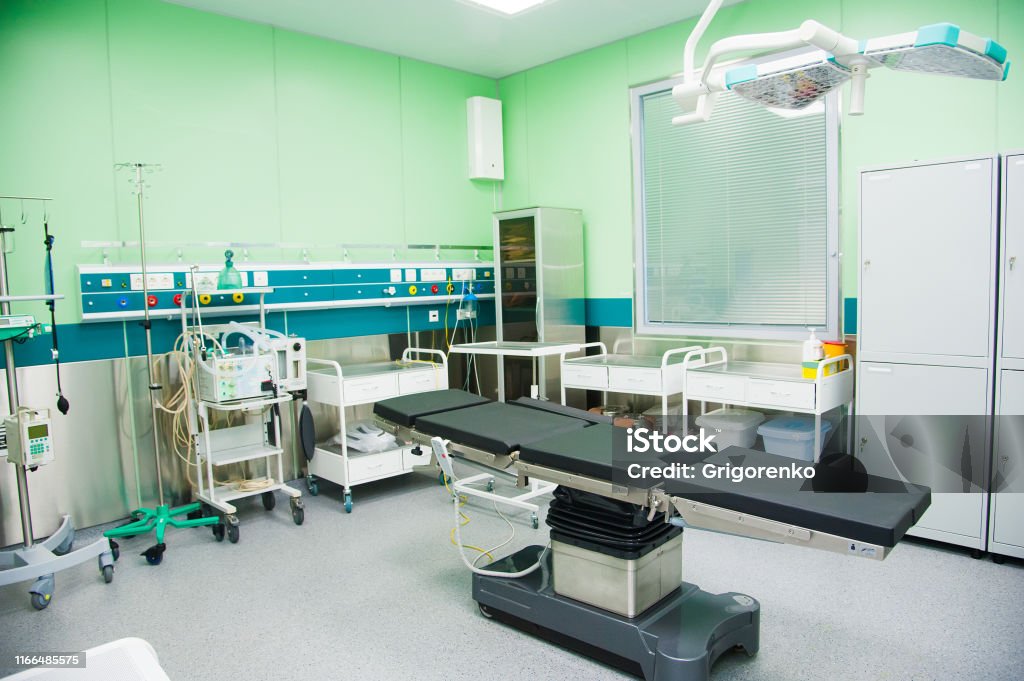
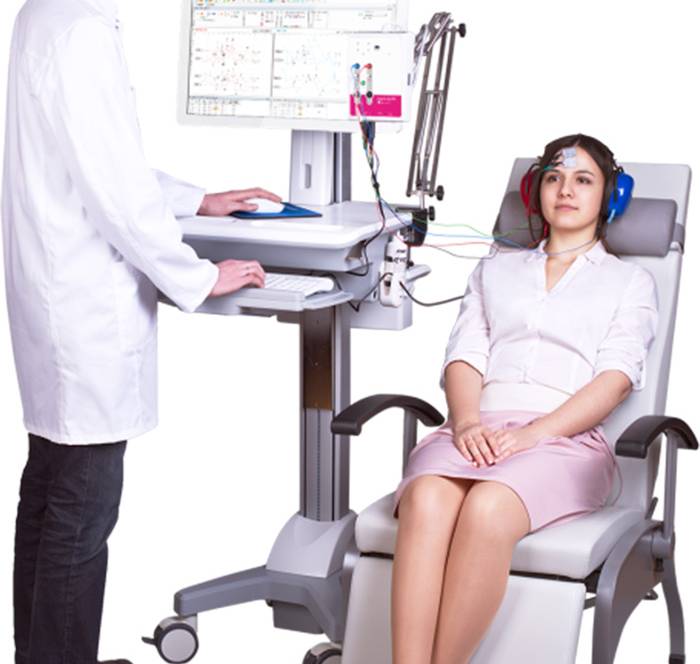
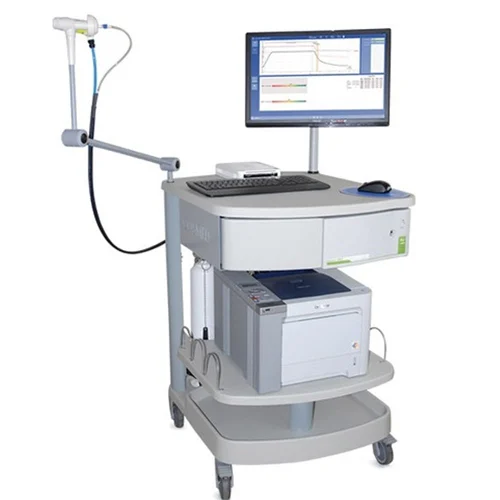
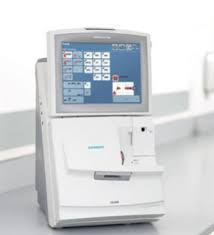

Leave a Reply